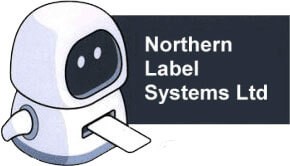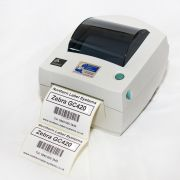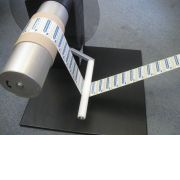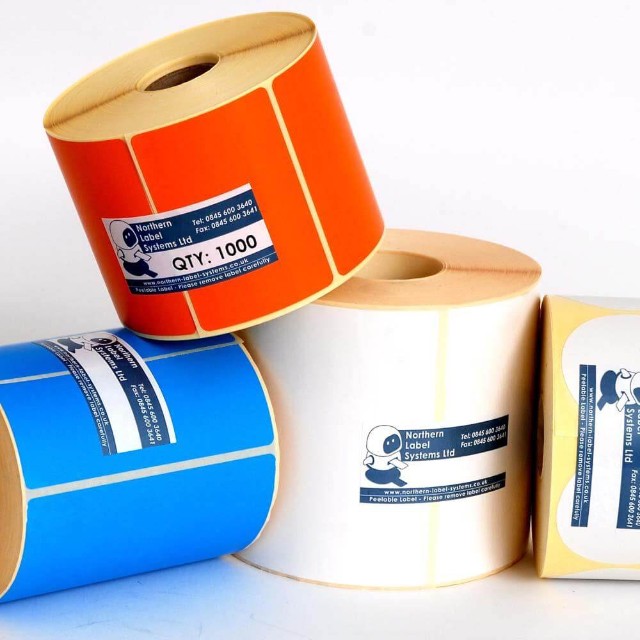What is the Difference Between Direct Thermal and Thermal Transfer Labels?
30 September 2019Thermal Transfer printing uses an ink ribbon to transfer the printed image from the heated printhead of the label printer onto the surface of the label while Direct Thermal printing transfers the image directly onto a heat sensitive material.
There are advantages and disadvantages to both methods. Direct Thermal label printing does not require a label printer that uses an ink ribbon, therefore making it a cheaper label printer. However, the labels are generally slightly more expensive. This said there is no ink ribbon cost so the actual printed label cost is very similar. Direct Thermal label printing also requires the label printer’s printhead to be in direct contact with the label itself. If you are printing high volumes of labels you will find that the printhead wears out quicker than one used for Thermal Transfer label printing. This should be a major consideration if printing in volume as printhead life will be reduced by between 25% and 50%. The cost of a printhead varies but is usually around 40% – 50% of the cost of a small desktop label printer and 15% – 25% the cost of a mid-range or industrial quality label printer.
The printed label will also differ in quality. Direct Thermal label printing is usually only used for labels that will have a short shelf life such as shipping labels and best before dates. This is because the heat resistant labels used generally fade in daylight over a few weeks or months depending on the level of UV light. Even when the labels are in an indoor office environment the label will generally start to fade after 12 months.
Direct Thermal Labels with a ‘Top Coat’ are available to ensure more resistance to UV light, though this means an increase in label price. Most Direct Thermal labels are the uncoated type and are used for short term labelling solutions.
Thermal Transfer label printing uses exactly the same method of printing i.e. heated elements heating up and cooling down very quickly on a thermal printhead. However, with thermal transfer label printing an ink ribbon is used to transfer the printed image onto standard paper labels or synthetic labels. The end result is a printed label that will not fade in sunlight and will generally be readable for many years. Because an ink ribbon is used this acts as a ‘buffer’ between the printhead and the label itself leading to increased printhead life.
Thermal Transfer label printing can be used to print paper as well as synthetic type labels including polypropylene, polyethylene, vinyl and polyester in both matt and gloss.
The disadvantages of Thermal Transfer label printing is that the label printer required is slightly more expensive. However, Thermal Transfer label printers can be used to print Direct Thermal labels too by simply removing the ink ribbon. Just remember though, because you may use an ink ribbon to print there is one more thing to run out of!




